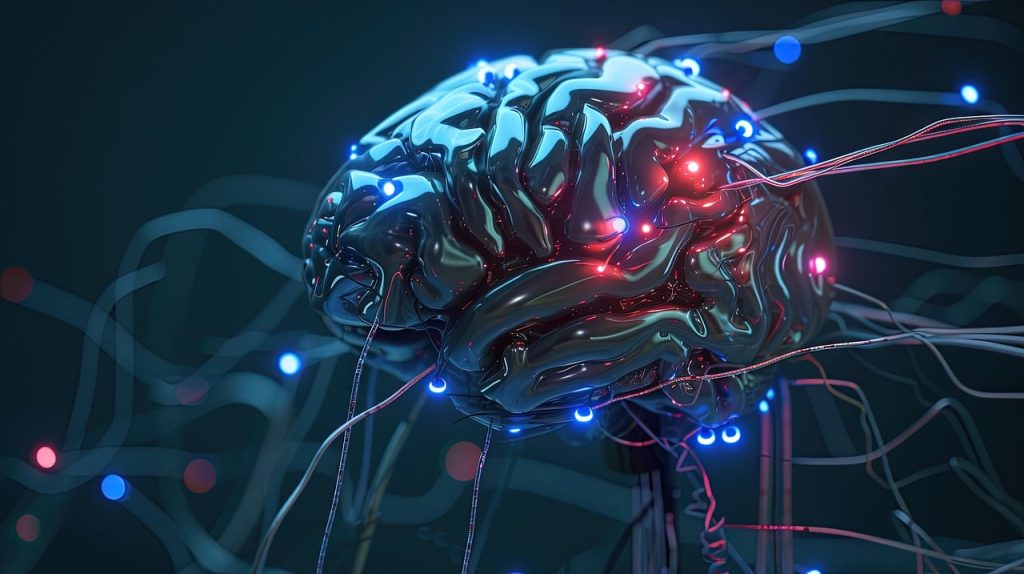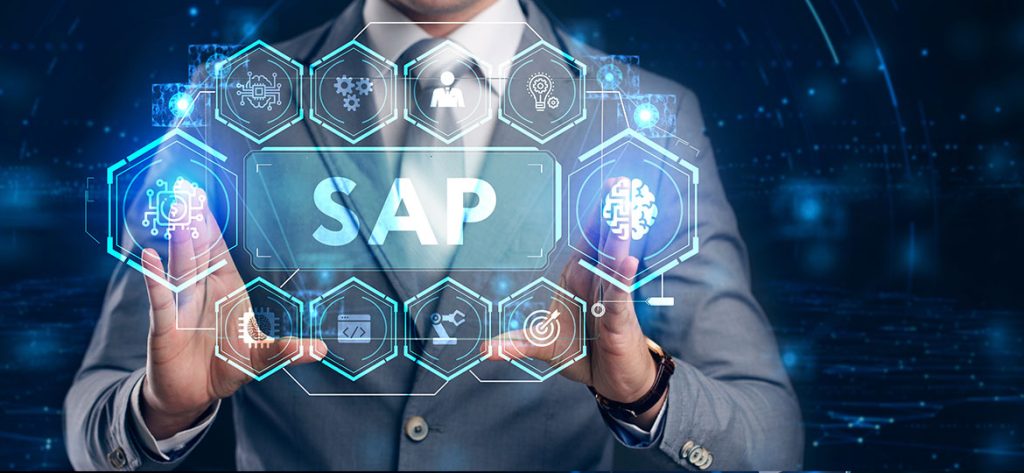Machine learning and its variant, “deep learning“, are two fields that have emerged from the increasingly complex subject of artificial intelligence (AI). This blog will help you look into the top 10 deep-learning books to understand the subject better. Deep learning is the practice of using data analytics. The most recent advancements in processing power make computers more effective at noticing, learning from, and reacting to more complex situations than humans. According to the analysis, the deep-learning industry is anticipated to grow at a compound annual growth rate (CAGR) of 51.1% from 2022 to 2030. Resulting in a rise of USD 415.4 billion. Therefore, this indicates that there is a great need for experts in deep learning.
For people who want to become experts in deep learning, there are several excellent books available. Thanks to the quick development of Artificial Intelligence and its offshoots. Among worries that AI may replace the work of humans. The reality is that deep learning and other advancements have created great demand for skills. Also, employment in this dynamic field offers astronomically high pay, room for advancement, and international recognition.
What is Deep Learning?
Artificial neural networks serve as the foundation for the machine learning subfield known as deep learning. Thus, it can figure out detailed links and patterns in data. Also, deep learning lowers the requirement for specific programming in many areas. The availability of big datasets and advancements in processing power led to its rising popularity in recent years. Deep neural networks (DNNs) are another name for artificial neural networks (ANNs). It is the foundation of this system. In addition, these neural networks are made to learn from huge amounts of data. As well as drawing ideas from the structure and operations of organic neurons in the human brain.

List of top 10 Deep Learning Books
1. Deep Learning from Scratch: Building with Python from First Principles, Seth Weidman
Seth Weidman is a San Francisco-based data scientist and the author of the book. The book implements everything from scratch and moves from fundamentals to complex structures in an incredibly simple manner. This book offers information on:
- How to use convolutional networking and multilayer neural networks
- Conceptual and mathematical knowledge of neural networks
- Neural network concepts done with PyTorch
- Highly compact mental models with functional codes and explanations
2. Neural Networks and Deep Learning, Michael Nielsen
Author Michael Nielsen is a physicist. In addition, he has made major contributions to the open scientific movement and quantum computing. Also, it is one of the free deep-learning books available online that offers you the perfect solution to several problems. Your understanding of neural networks and deep learning will improve after reading this deep learning book. It will provide knowledge on:
- Neural network that allows data-driven computer learning
- An incredible collection of deep learning methods
3. Grokking Deep Reinforcement Learning, Miguel Morales
Deep reinforcement learning (DRL) is a subset of deep learning. Thus the goal of this discipline inside discipline is to identify the most practical and effective options for a specific issue through user experience and trial and error. Through the help of exercises, readers create their deep learning systems with the Python programming language. Morales’ book takes a hands-on approach to teaching DRL. It also consists of:
- A lot of visuals and examples are used to emphasise the core ideas and real-world uses of DRL.
4. Hands-on Machine learning with Scikit-Learn, Keras, and TensorFlow, Aurelion Geron
Ideas and tools for developing intelligent systems are covered in detail in this deep-learning book. Thanks to its combination of strong examples and sparse theory. In addition, the book moves from basic regression models to deep neural networks in an incredibly simple way. Also, prior programming experience is required to begin using this book. This book discusses:
- Machine learning landscape: Decision trees, ensemble techniques, and random forests are some of the training models
- constructing and training a neural network with TensorFlow
5. Deep Learning for Computer Vision with Python, Adrian Rosebrock
With the instructions of this book, you will become an expert in deep learning for tasks involving computer vision and visual identification. This book is intended for researchers, developers, and students who are keen to understand deep learning and machine learning ideas but only have some programming expertise. The main topics of this book are:
- Neural networks and machine learning
- Using machine learning for object localization and detection
- CNN and preparing major networks
- Putting deep learning ideas into practice with TensorFlow, Keras, and Python programming
6. TensorFlow 1. x Deep Learning Cookbook
TensorFlow is an open-source machine learning platform. Thus, you can perform complex data manipulations using TensorFlow techniques by reading this book. It will also enable you to look farther into data insights than you have in the past. The book includes ideas such as:
- Basics of TensorFlow
- TensorFlow-based linear regression approaches High-level concepts such as CNN, RNN, and natural language processing
7. Deep Learning: A Practitioner’s Approach, Adam Gibson and Josh Patterson
Josh Patterson and Adam Gibson, two authorities in the fields of Deep Learning and machine learning, worked together to write the book. Thus, this deep-learning book helps you build an effective deep-learning network and gives you the most practical approach to the topic. The theory is covered first in the book, followed by real-world examples. It consists of:
- Deep comprehension of machine learning and deep learning concepts
- Fundamentals of neural networks emerged from deep learning
- Details regarding the design of the deep network
- Applying vectorization methods to various kinds of data
- Recognising how to use DL4J on Spark and Hadoop
8. Hands-On Deep Learning Algorithms with Python, Sudharsan Ravichandran
This book helps you apply deep learning algorithms using the TensorFlow library. Thus, improving your understanding of deep learning methods from basic to advanced. The author, Sudharsan Ravichandran is a data scientist, researcher, and lover of artificial intelligence. To fully understand this deep learning book, you must have a basic understanding of Python and machine learning ideas. It addresses the following subjects:
- The foundations of mathematics guide deep learning
- An overview of variables used in gradient descent, such as AdaDelta, Nadam, and AMSGrad
- Develop your understanding of convolutional and capsule networks mathematically.
- Use generative adversarial networks such as StackGAN, CGAN, and CycleGAN.
9. Artificial Intelligence by Example (2nd Edition), Denis Rothman
The book will improve your methods of thinking and eventually assist you in putting those ideas into practice in practical situations. You can utilise the amazing instances in Artificial Intelligence by Example, Second Edition, to handle computers that you are dealing with as well as cognitive chatbots. The book covers the following subjects:
- Help in the initial development of machine intelligence
- Cases of AI-based guidance on how to apply and create the same using machine intelligence
- Use AI to create machine intelligence
10. Deep Learning for Vision Systems, Mohamed Elgendy
Sensors are fitted in many modern cars that identify things in your path when you’re reversing out of the driveway. Thus, the main breakthrough in technology supporting this progress is computer vision, made possible by deep learning, which provides computers with “eyes” to enable them to engage with the physical world. The vice president of engineering at Rakuten and AI specialist Mohamed Elgendy has written a deep learning book that is packed with knowledge. This book covers the following subjects:
- Provides tutorials to assist in developing facial recognition and image-generating applications.
- It employs basic algebra to teach the ideas that allow computers to “see” and learn about the real world.
Henry Harvin’s Machine Learning Course Using Python | CMLP Certification

In addition to reading the latest deep learning books in 2026, why not take your expertise in deep learning one step ahead? Henry Harvin’s Machine and AI Learning Academy offers the “Certified Machine Learning Practitioner” (CMLP) course. It is a concentrated 32-hour instructor-led training and certification program that prepares participants to understand the “What” and “How” of machine learning using well-known tools like Python & Advanced Excel.
Benefits of the course:
- Projects: Learn machine learning firsthand with Python and the well-liked GCAO Pedagogy.
- Internship: 100% assistance with internship
- Certification: Get CMLP (Certified Machine Learning Practitioner) certification from Henry Harvin
- Placement: 100% Placement Guarantee 1-Year post-course completion
- Masterclass: Access to sessions for Soft Skill Development
- Membership: Get 1-Year Gold Membership of Henry Harvin Machine and AI Learning Academy
Conclusion
Self-driven professionals and students keep up with the most recent developments in their fields. Thus, if you’ve read this far, you must have realised that deep learning is a more advanced kind of machine learning. It encompasses many branches of artificial intelligence, including computer vision, natural language processing, and many more. Thus, you can select books based on your preferences from the list above. Wishing you luck and happy learning!
FAQs
Ans. Machine learning is a branch of artificial intelligence. Machines are trained using data statistics and algorithms to become more intelligent. On the other hand, deep learning is a branch of machine learning. It builds neural networks by modelling the organisation of neurons in the human brain.
Ans. When it comes to data visualization. TensorFlow is one of the most effective and strong libraries used in deep learning. Above all, it supports some of the most widely used programming languages. It includes Python, C++, and R. It was released by Google Brain.
Ans. A few limitations of deep learning:
1. For instance, to train effectively, deep learning networks need a vast amount of data.
2.Sometimes it’s difficult to put deep learning concepts into practice.
3.In many situations, achieving a high level of model efficiency is challenging.
Ans. Machines are trained using tagged data in supervised learning. This data has already been tagged and classified to the correct group of responses. A machine that receives this input analyses the training set and generates an exact output. Meanwhile, unsupervised learning does not need tagged data.


